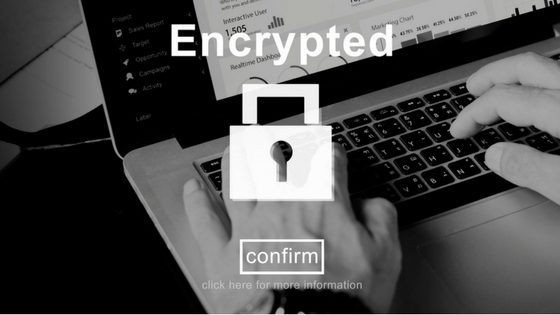At U.S. Computer Connection, we know there is no perfect business IT solution for a stolen laptop. If anything, a stolen laptop is almost anyone’s worst nightmare. These days, we keep our entire lives on these portable computers. Photos, work files, games, creative projects and sensitive data are all there, and thieves are ready to take advantage of that. The good news is there are key ways to protect your laptop even after it’s stolen.
Encrypt Your Data
According to Dennis Stuart, a security engineer who interviewed about this issue for the New York Times, a typical password-protected user account does not actually protect data. Hackers and scammers cannot log onto your computer if your password is strong enough, but they have other methods at their disposal. Unscrupulous persons use such methods to copy your files, tweak your data and use your personal information for negative purposes. Some thieves are determined enough to remove your computer’s hard drive and put it into their own computers, giving them access to all your files.
Stuart and other experts do not recommend relying on thumb drives, either. Many people use thumb drives because they are so easy to carry around, but this advantage works for thieves and hackers the same way it does for law-abiding citizens. Experts also do not recommend writing passwords down or trying to store them in your head. Unless you have a photographic memory, you will not remember every password for every file or program you use on a daily basis. Additionally, writing passwords down gives illegitimate users the perfect inroad to your files.
The one thing Stuart and other experts recommend you do is, encrypt your data. Encrypted files need a key to be interpreted; even if a thief accesses an encrypted file, he or she will not be able to use it. Encryption is a great business IT solution, and much easier than people think. It only takes a few minutes, and anyone with a home laptop or other computer can do it.
Encryption 101
You have several encryption options, so choose the one that is best for your computer. On Windows, you can use Device Encryption, which will protect all your data if you log in to Windows with a Microsoft account. If you prefer, you can use BitLocker, which is available for Professional versions of Windows. It is best for computers that do not support Device Encryption or computer systems tied to a small or midsize business. Remember, the more sensitive your data is, the stronger your encryption must be.
Encrypting your computer is as simple as a few clicks. You can enable Device Encryption or manage BitLocker through your Settings menu; just head to About for Encryption or Systems and Security for BitLocker. Once you have found your encryption system, you will be prompted to create a password that serves as your encryption key. Remember to include upper- and lowercase letters, numbers and symbols for extra strength.
If neither Encryption nor BitLocker is available, we recommend VeraCrypt. This program easily encrypts your entire hard drive but requires your password each time you log on. If you have a Mac laptop instead of a Windows system, consider using a similar system called FileVault. Remember, no matter what system you use, always store your encryption key in a safe place away from your computer.
Contact Us
If you need help encrypting your computer or choosing an encryption method, please contact U.S. Computer Connection today.

